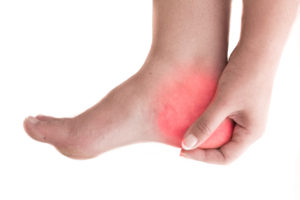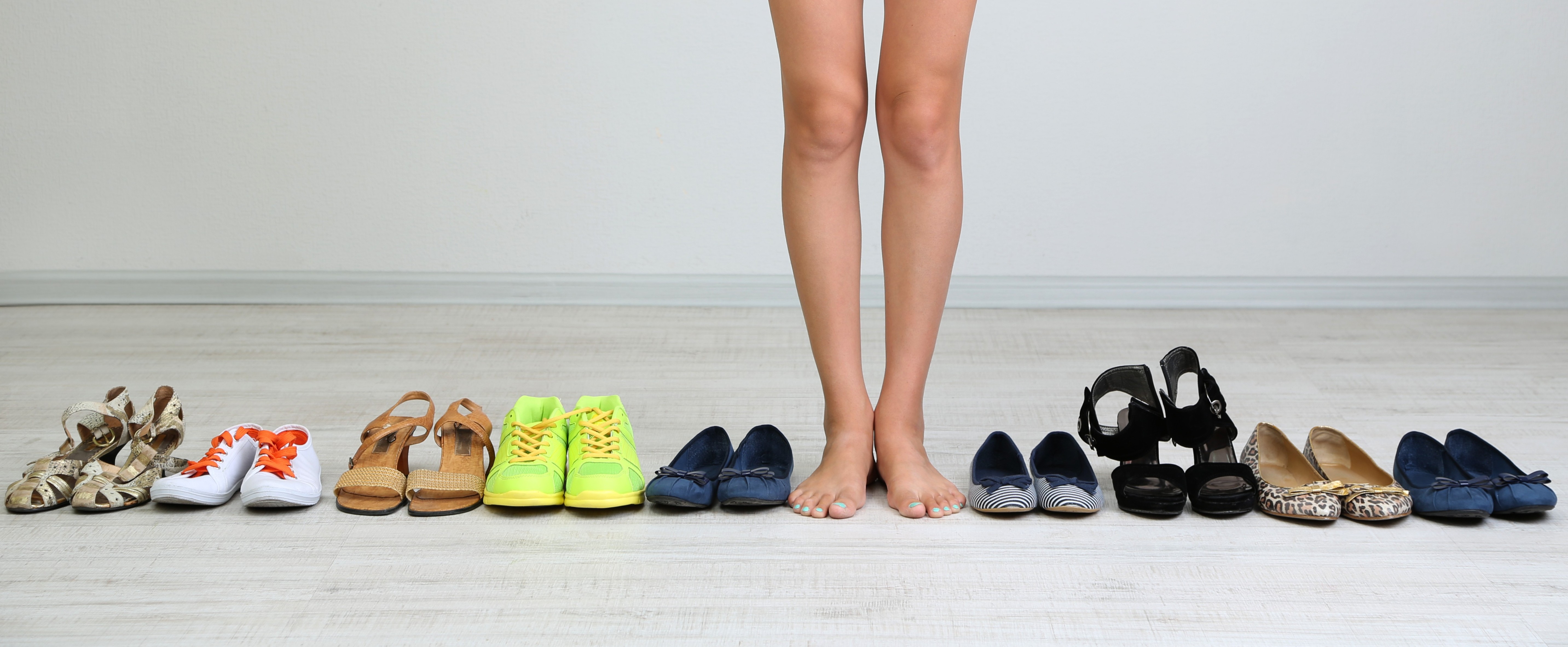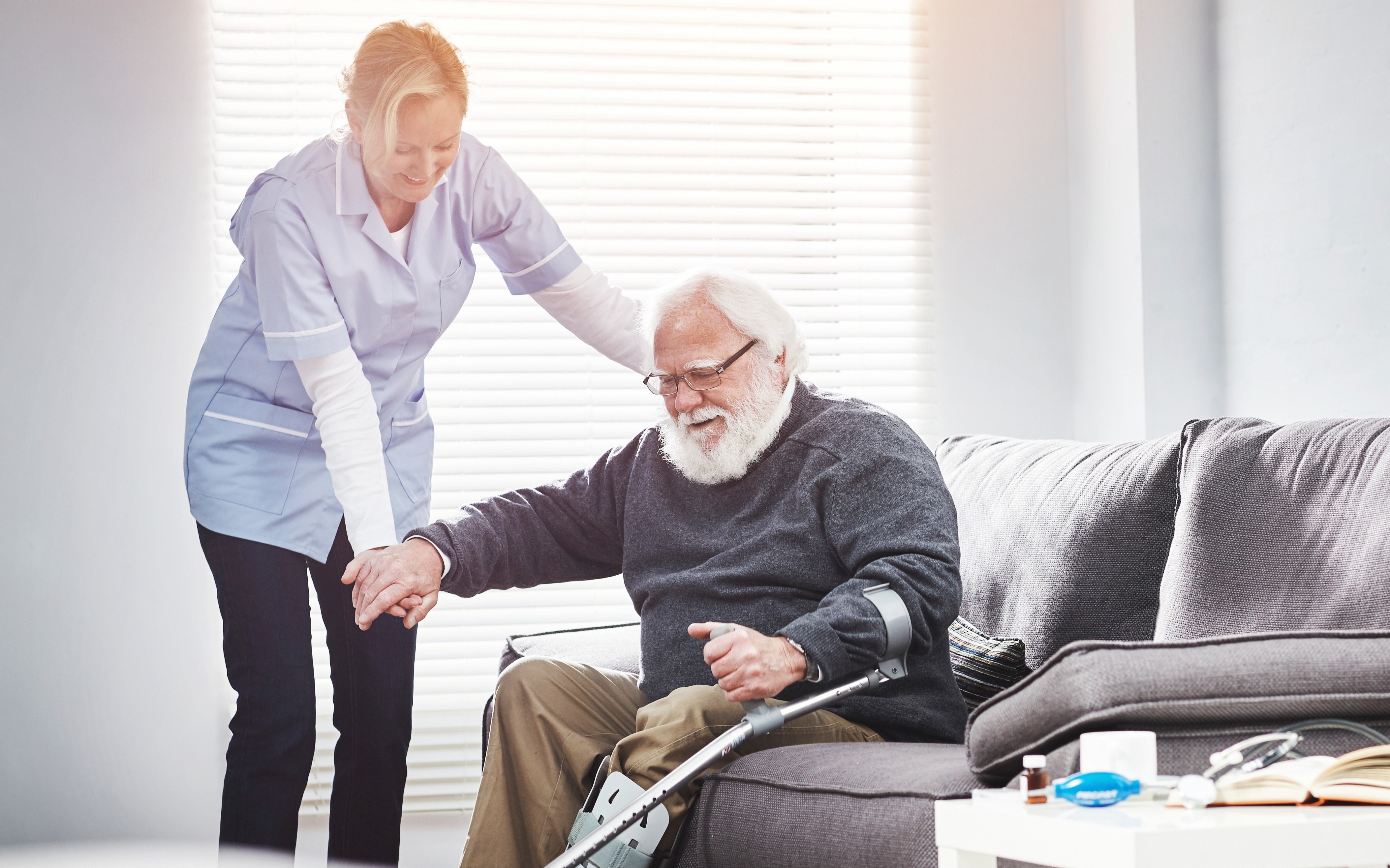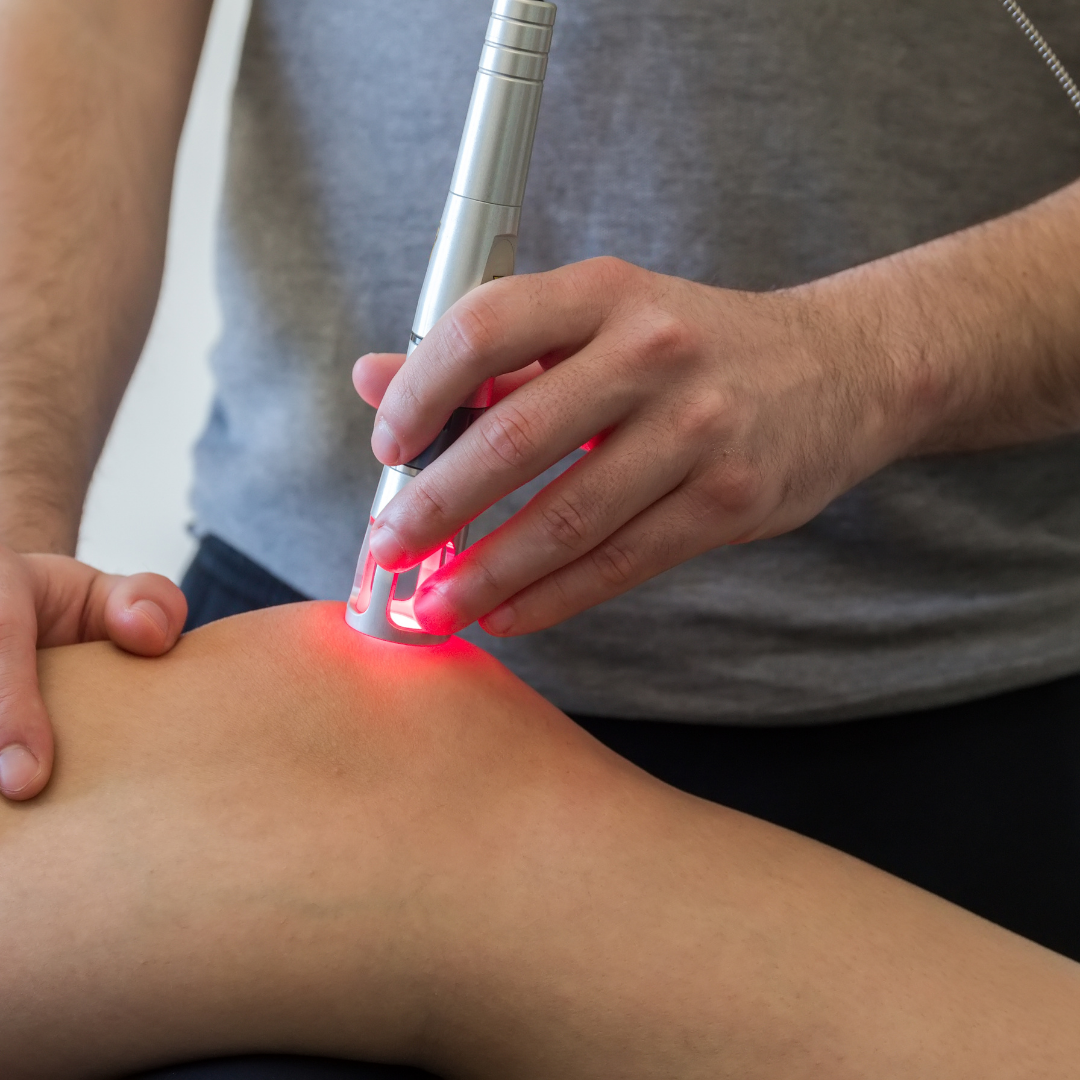Your abductor hallucis (from hallux, meaning ‘big toe’) is a muscle that spans your arch, beginning at the inner aspect of your heel and
attaching to the inner side of your big toe. It helps to move the big toe sideways (like when you splay your feet to grip onto the ground),
supports your arch and foot with every step you take, and supports a massive amount of weight (among more technical functions that
help). Abductor hallucis tendinopathy (AHT) describes damage to the abductor hallucis muscle from overloading. This
condition is often overlooked because its symptoms closely resemble those of plantar
fasciitis,
a common cause of pain in the arch of the foot.

AHT is typically an overuse injury. When the tendon is overloaded from excess or repetitive strain and pressure, micro-tears and damage results and painful symptoms and inflammation begin. This overuse may be caused by:
Symptoms typically include:
Treatment begins with relieving the painful symptoms by following the PRICE principles (protection, rest, ice, compression and elevation). The focus is then on facilitating the healing and repair of the tendon, and reduce the likelihood of future recurrence. This may involve:

If you’re unsure whether you should wear walking or running shoes when exercising, this article is for you.
We explain the differences between walking and running shoes and how to determine which one is best for your feet. When it comes to buying a new pair of shoes, most people walk into a store expecting to just “find something comfy.” Then, suddenly, you’re asked: Are you looking for
walking shoes or running shoes? And that’s where the confusion begins. Because for many people, the answer isn’t that simple.
You could walk a lot – to work, around the block, chasing after the kids, or while catching up with friends. You could have also just joined
a gym or registered for the Couch to 5km. Or you could be a walker who just wants the option to go for a run if the mood strikes. So, which
shoe do you pick?

Discover why foot health is so important as we age and how Perform Podiatry supports seniors in staying mobile, independent, and pain-free. From diabetic care to personalised treatment plans, we’re here to help keep your feet happy and healthy, every step of the way.

Discover how Class IV Laser Therapy at Perform Podiatry offers powerful, drug-free relief for foot and ankle pain. Backed by science, this advanced treatment helps you heal faster and move better, without the need for surgery or medication.
Keeping your family on their feet and helping them to walk, run, play and exceed their goals is why we love getting up in the morning.
Ground Floor, One Health Building
122 Remuera Rd, Remuera
Auckland 1050, New Zealand
| MON - FRI | 7:30am – 6:30pm |
| SAT | 8:30am – 4:30pm |
| SUN | Some availability |
Make an Appointment
Online Schedule
Our virtual receptionist is available 24/7 to help with general questions, booking requests, and clinic information, even when our team is busy, or it's after hours.
Whether you're calling us or using our website, you'll get fast assistance any time of day. And if your query needs a personal touch, a member of our team will follow up as soon as possible.